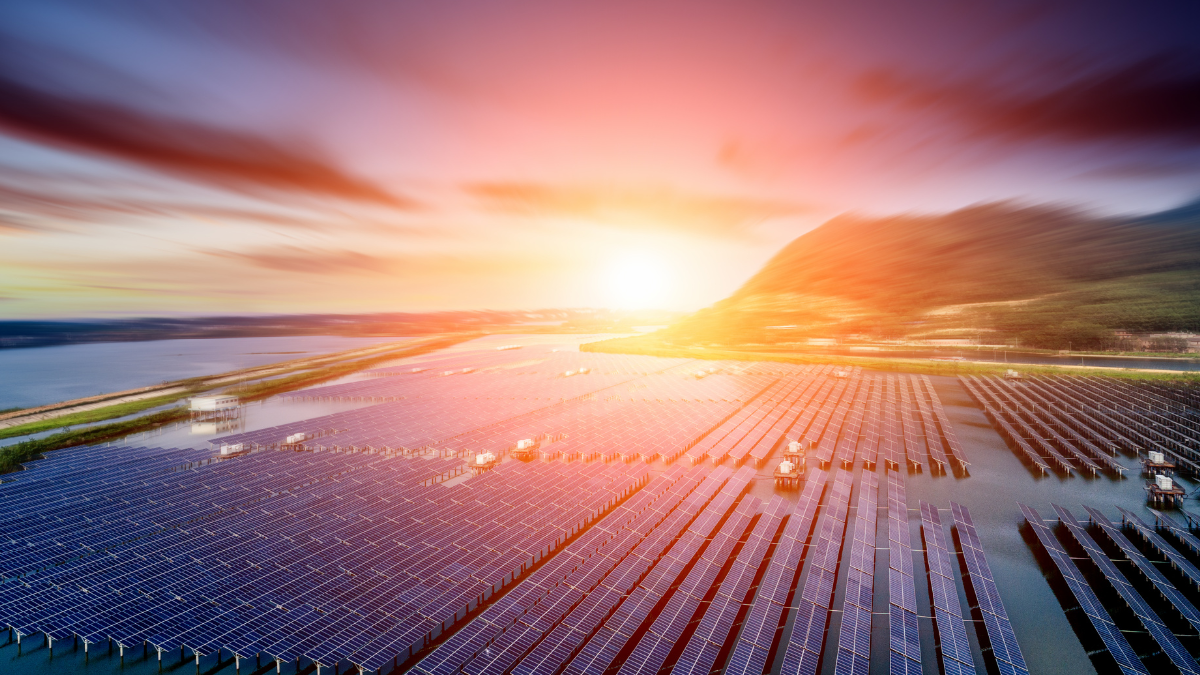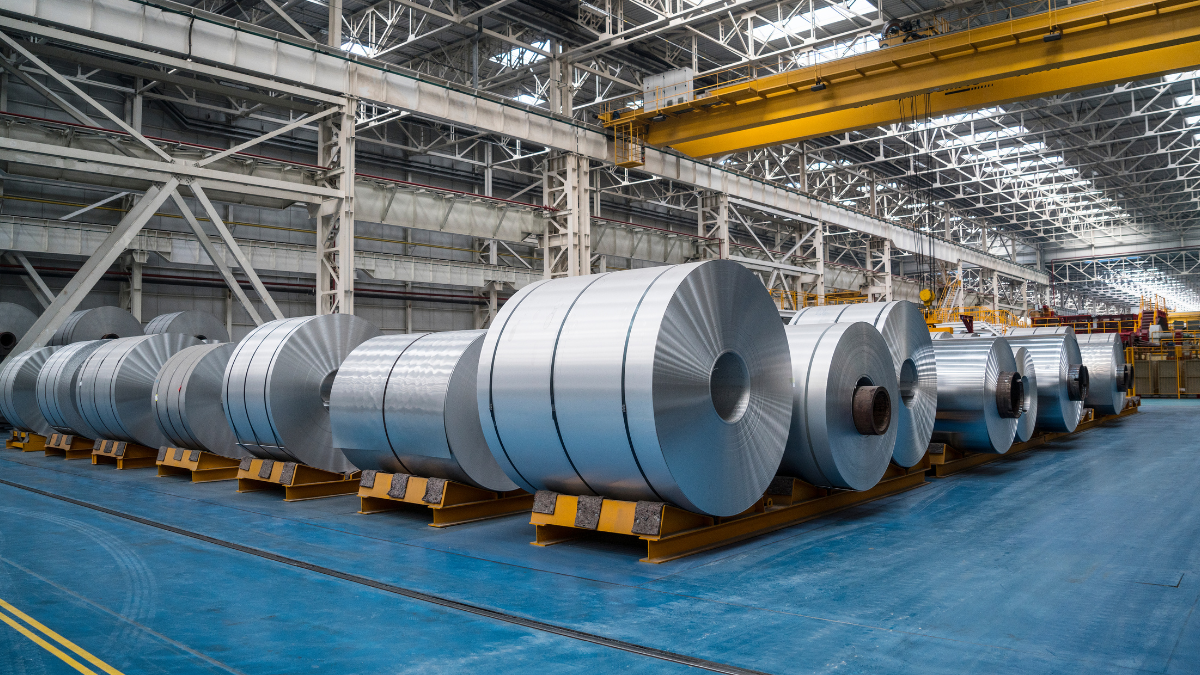Showing all 10 results

- February 26, 2024
From January to August 2023 in the United States, the increase in utility-scale solar capacity surpassed additions from other power sources, reaching nearly 9 gigawatts (GW), marking a 36% rise compared to the same period in 2022. Small-scale solar generation also experienced a 20% growth.

- February 26, 2024
The rise of electric vehicles (EVs) is shaking up the traditional structure of car companies. Instead of the old one-size-fits-all approach, these firms are now adapting their organization to meet the challenges and opportunities of this electrifying shift. This involves pouring money into EV development, joining forces with key players, and even creating separate divisions for their electric and gas-powered vehicles. In short, the car industry is revving up for a whole new engine

- January 9, 2023
The steel industry is a vital part of the global economy, producing a wide range of products including structural steel, automotive steel, and stainless steel, which are used in a variety of applications including construction, transportation, and manufacturing. The steel industry is a major contributor to economic development and plays a key role in the development of infrastructure and the production of goods.

- January 5, 2023
Many workers in the United States and globally have been asked to stay at home and away from others in order to limit the spread of COVID-19. As a result of the pandemic effect on manufacturing, goods and commodities in the upstream supply chain have been produced in lower quantities, and sometimes not at all, in the months since the disease began to spread.

- November 3, 2022
Following the most difficult year ever brought on by the collapse of commercial aviation during COVID-19, 2021 was a year of gradual recovery for many industries, including A&D.

- October 27, 2022
Since the 2022 beginning, the situation of the world economy has significantly deteriorated. The expectations were high earlier in the year as the economy was stabilizing and returning to normal after the Covid disruption.

- August 26, 2022
Logistics is a significant part of supply chain management and refers to a robust network of roadways, railways, airways, and seaways engaged in the storage, management, transportation, and delivery of products from the point of origin to the point of termination.

- June 6, 2022
After a drop of 4.2% in 2020 due to the pandemic, global manufacturing output increased by 9.4% in 2021, a big boost for the manufacturing sector.

- May 10, 2022
After 10 years of continuous growth, world auto production saw a significant decline in 2019, with global production decreasing more than 5% for the year. In 2019, manufacturers produced approximately 92mn vehicles worldwide, including 67mn cars and 25mn commercial vehicles.

- December 6, 2021
The industrial sector is comprised of companies that mainly focus on manufacturing, delivery of goods, and commercial services. The sector features fourteen different industries including: aerospace & defense, air freight & logistics, airlines, building products, commercial services & supplies, construction & engineering, electrical equipment, industrial conglomerates, machinery, marine, professional services, road & rail, trading companies & distributors, and transportation infrastructure.
No posts found
